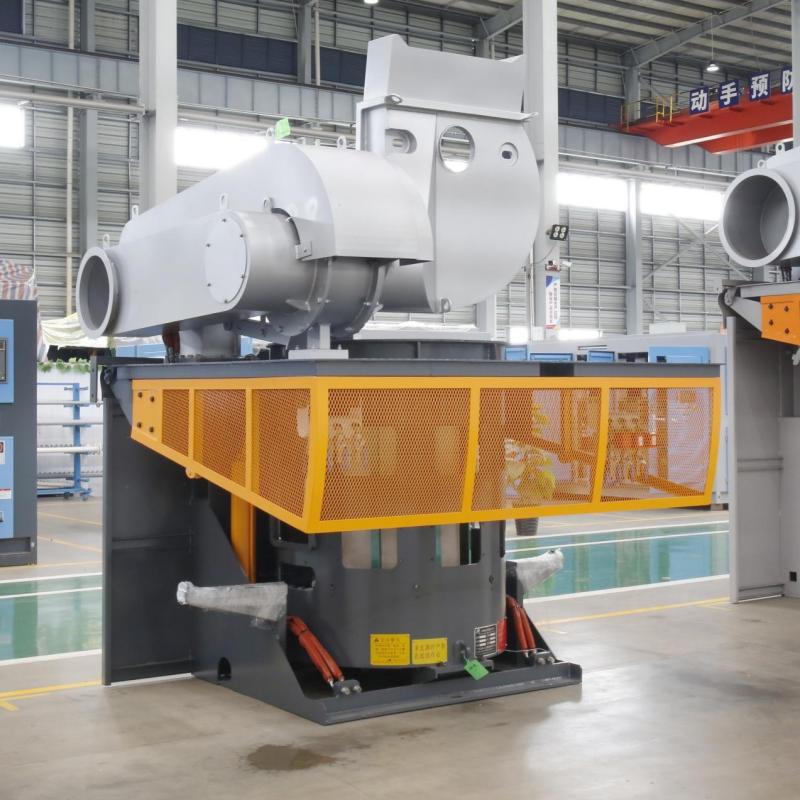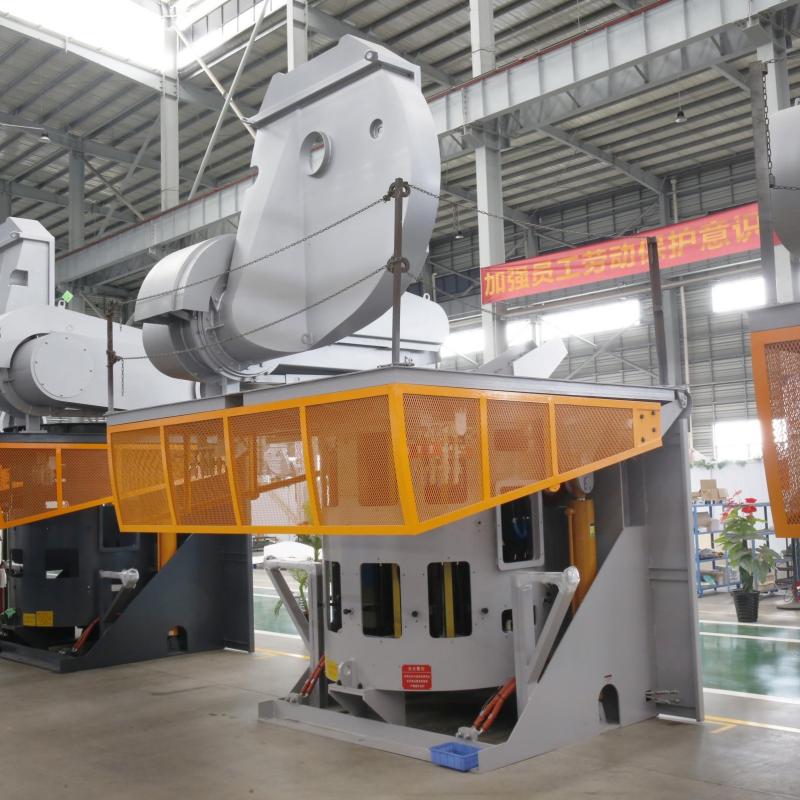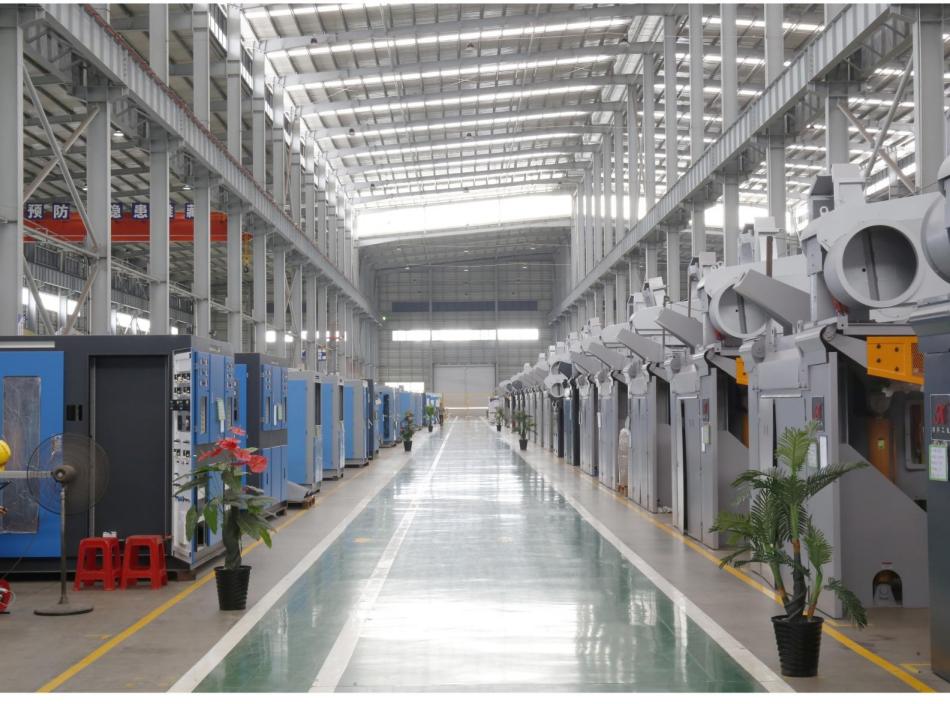
Unlocking the Power of Induction – Intermediate Frequency Coreless Induction Melting Furnaces
Induction melting furnaces use electromagnetic induction to heat and melt metals. These furnaces are crucial in industries such as metallurgy, automotive, aerospace, and electronics, where precise and efficient metal processing is essential. Induction melting furnaces are vital due to their energy efficiency, precise temperature control, and rapid heating capabilities. They support the production of high-quality metal alloys and components, ensuring consistency and reducing production costs.
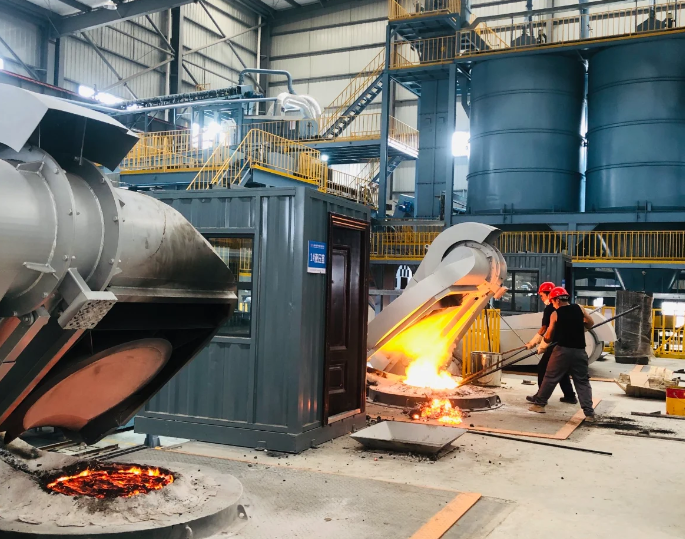
Intermediate Frequency Coreless Induction Furnaces are known for their advanced interactive windows, superior material quality, and leading-edge technology. These features make production safer, more stable, and energy-efficient. Rongke ensures first-class quality through rigorous design, production, and inspection standards, backed by a 50,000m² production base, a registered capital of 300,000k, and 2,500 patented inventions, serving numerous customers globally.
Advantages of Intermediate Frequency Coreless Induction Melting Furnaces
Efficient Energy Consumption
Intermediate Frequency Coreless Induction Melting Furnaces are highly energy-efficient due to their advanced technology. Compared to other types of melting furnaces, they consume less energy, leading to cost savings and environmental benefits.
Enhanced Melting Speed and Quality
The intermediate frequency technology significantly improves melting speed, ensuring faster production cycles. Additionally, the quality of the melted metal is enhanced, leading to improved metal homogeneity and fewer impurities. This results in higher-quality end products.
Reduced Noise and Environmental Impact
These furnaces operate with noise levels approximately 30% lower than similar products, reducing workplace noise pollution. Furthermore, the fully enclosed furnace shell design prevents coil ignition caused by dust pollution, enhancing safety and environmental protection.
Flexibility and Versatility
The fully enclosed furnace shell not only improves safety but also reduces magnetic radiation to just 10% of similar products, meeting strict national standards. This design feature enhances the furnace’s flexibility and adaptability to various working environments, making it suitable for a wide range of applications.
Technical Aspects and Innovations
Coreless Design
Intermediate Frequency Coreless Induction Melting Furnaces are characterized by their coreless structure, which eliminates the need for a solid metal core present in other furnace designs. This unique construction facilitates superior heat distribution and more efficient melting processes. Moreover, it minimizes the risk of contamination from core materials, resulting in higher-quality melted metal output.
Intermediate Frequency Technology
The operation of these furnaces hinges on intermediate frequency technology, which operates at frequencies higher than standard power supplies but lower than high-frequency systems. This technology enables rapid and uniform heating of metals, leading to quicker melting times and enhanced energy efficiency compared to low-frequency furnaces. Additionally, it provides better control over the melting process, ensuring higher-quality end products.
Recent Innovations and Developments
Recent advancements in Intermediate Frequency Coreless Induction Melting Furnaces primarily target safety and efficiency improvements. The integration of leak detection systems enhances operational safety by alerting operators to potential leaks when molten iron seeps from the furnace lining. Similarly, grounding alarm detection systems notify operators of the proximity of molten iron to the coil, preventing damage and ensuring a safe working environment.
The use of high-quality cold-rolled directional silicon steel sheets in the magnet yoke reduces magnetic loss and enhances the efficiency of the induction coil. Furthermore, the magnet yoke’s design promotes balanced heat dissipation, extending the furnace’s working life. These innovations collectively enhance the performance and reliability of Intermediate Frequency Coreless Induction Melting Furnaces, making them well-suited for various industrial applications.
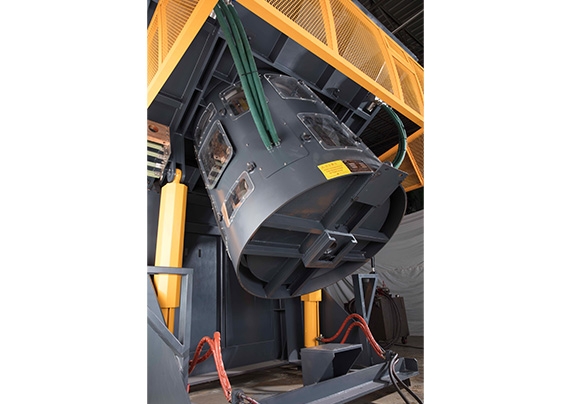
Applications and Industry Use Cases
Smelting and Purification
Intermediate Frequency Coreless Induction Melting Furnaces are extensively utilized in the smelting and purification processes of both ferrous and non-ferrous metal casting industries. Their ability to rapidly and uniformly heat metals ensures efficient melting and purification, leading to high-quality castings.
Steelmaking and Heat Treatment
These furnaces are essential in the steelmaking industry for melting and refining steel. They also play a crucial role in heat treatment processes, modifying the properties of steel such as hardness and strength to meet specific requirements.
Vacuum Smelting and Powder Metallurgy
In vacuum smelting processes, these furnaces are vital as they melt metals under vacuum conditions to prevent oxidation. Additionally, they are used in powder metallurgy industries to melt metal powders and form them into solid components with controlled porosity and properties.
Maintenance and Operational Considerations
Routine Maintenance Requirements
To ensure optimal performance, Intermediate Frequency Coreless Induction Melting Furnaces require regular maintenance. Key practices include inspecting and cleaning the furnace components, checking and replacing worn-out parts, and monitoring for any signs of malfunction. Common challenges include coil damage and lining wear, which can be mitigated through proper maintenance and timely repairs.
Operational Best Practices
Efficient operation of these furnaces involves several key practices. Operators should ensure proper loading of materials to avoid overloading or uneven distribution, which can lead to inefficient melting and potential damage to the furnace. Additionally, following safety guidelines is crucial to prevent accidents and ensure a safe working environment. Regular training and adherence to safety protocols are essential for all personnel involved in operating the furnace.
Final Words
Intermediate Frequency Coreless Induction Melting Furnaces represent a significant advancement in metal melting technology, offering superior efficiency, precision, and safety in various industrial applications. Their coreless design and intermediate frequency technology enable rapid and uniform heating, leading to faster melting times and higher-quality end products. Recent innovations, such as leak detection and grounding alarm systems, further enhance their safety and operational efficiency. With their widespread use across industries such as steelmaking, metal casting, and powder metallurgy, these furnaces continue to unlock new possibilities in metal melting and processing. Their importance in modern industrial processes cannot be overstated, making them indispensable tools for achieving efficient and high-quality metal production.


